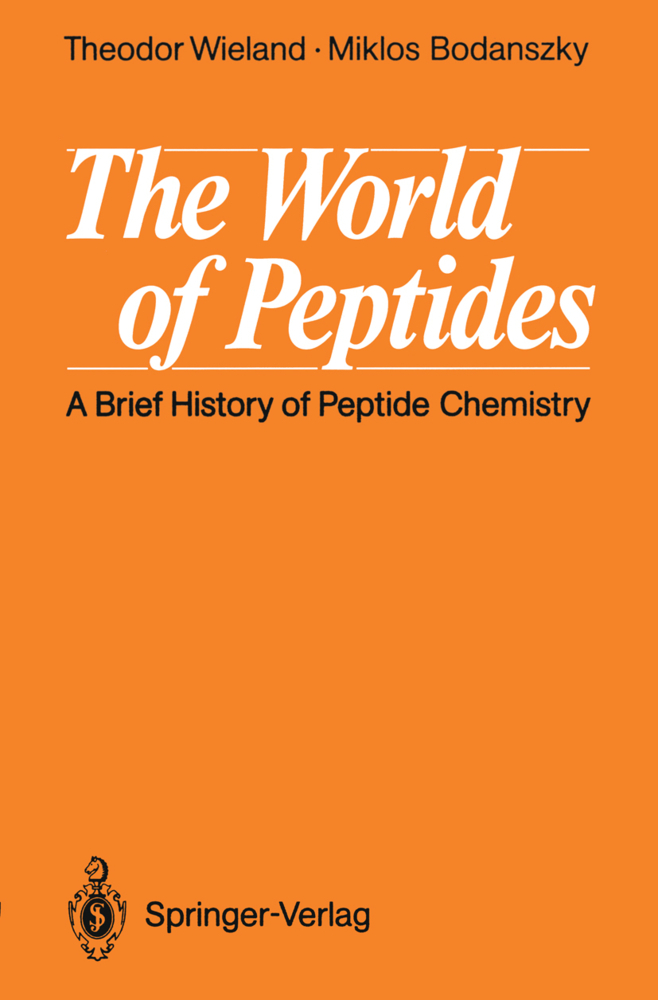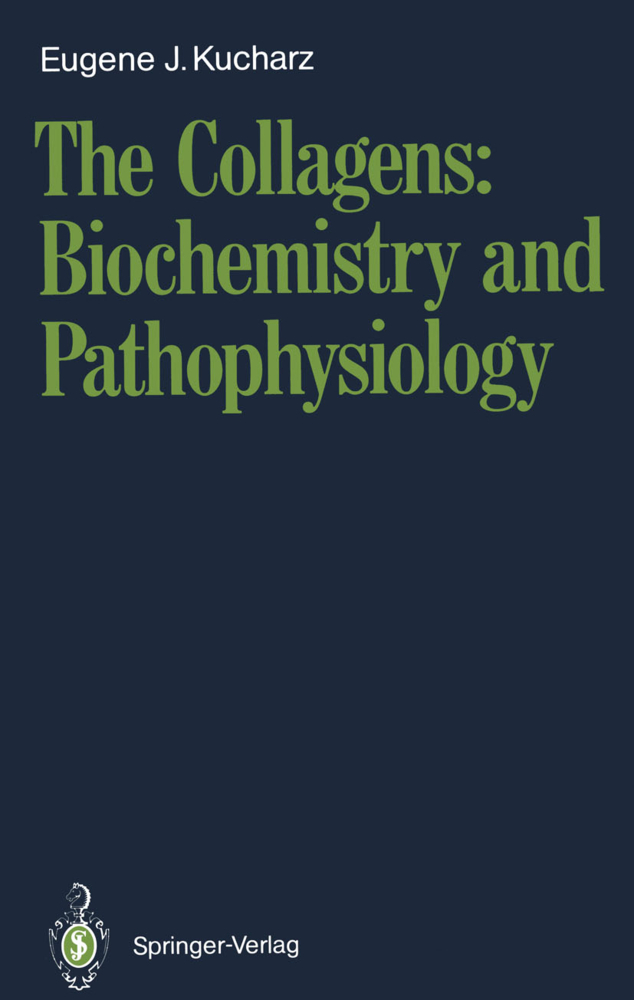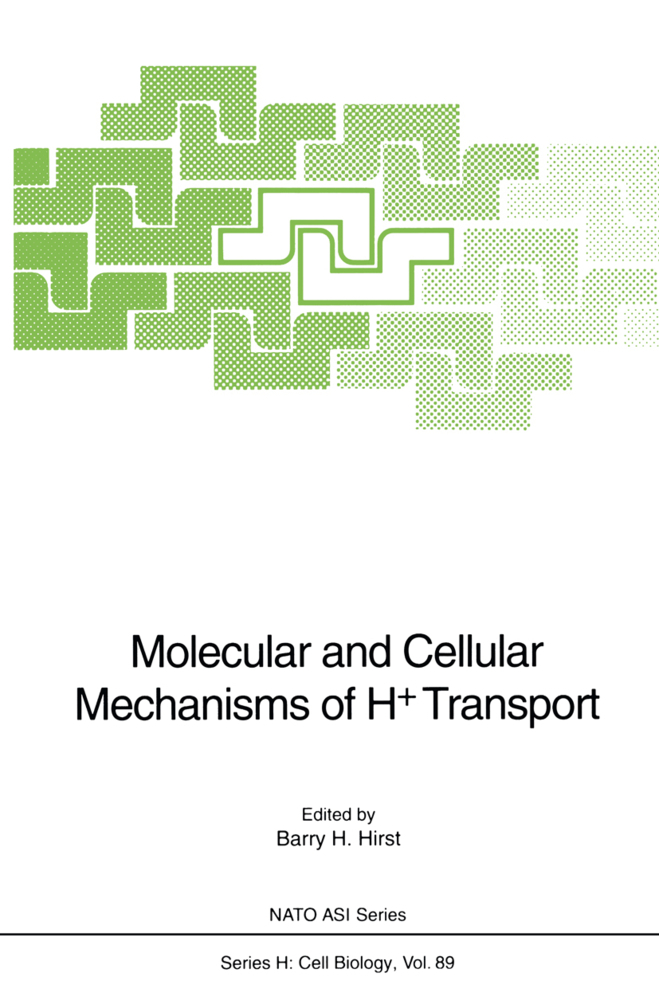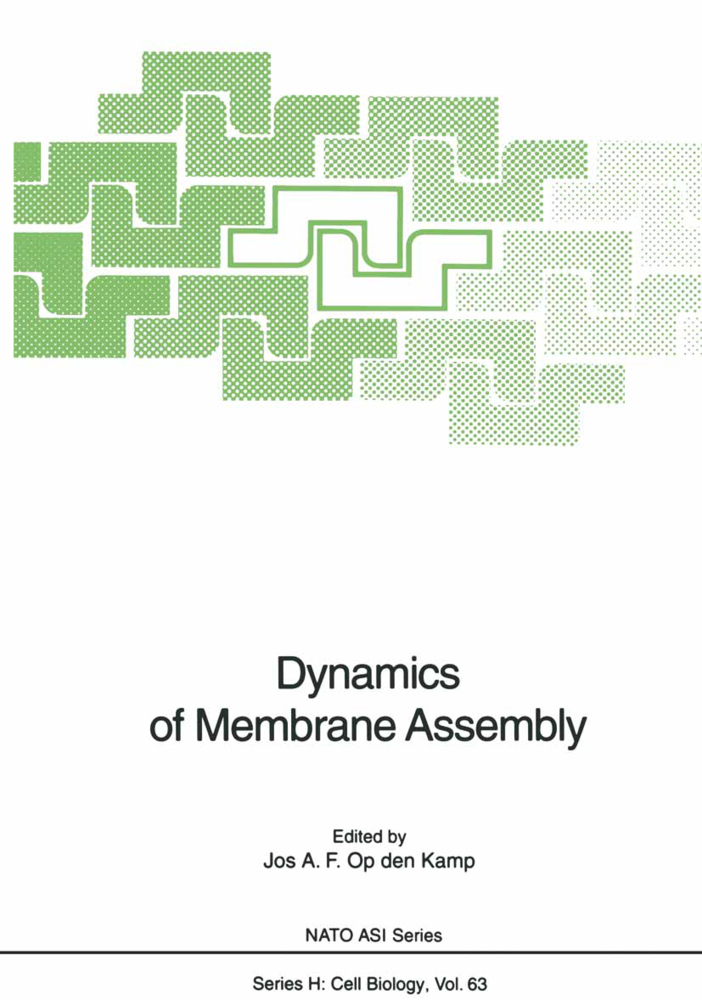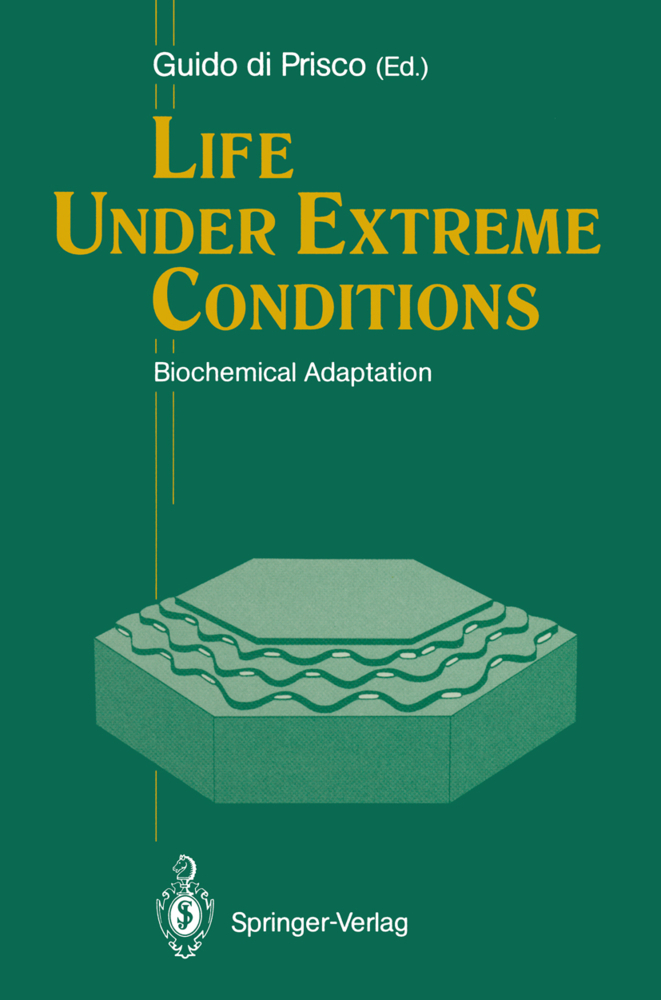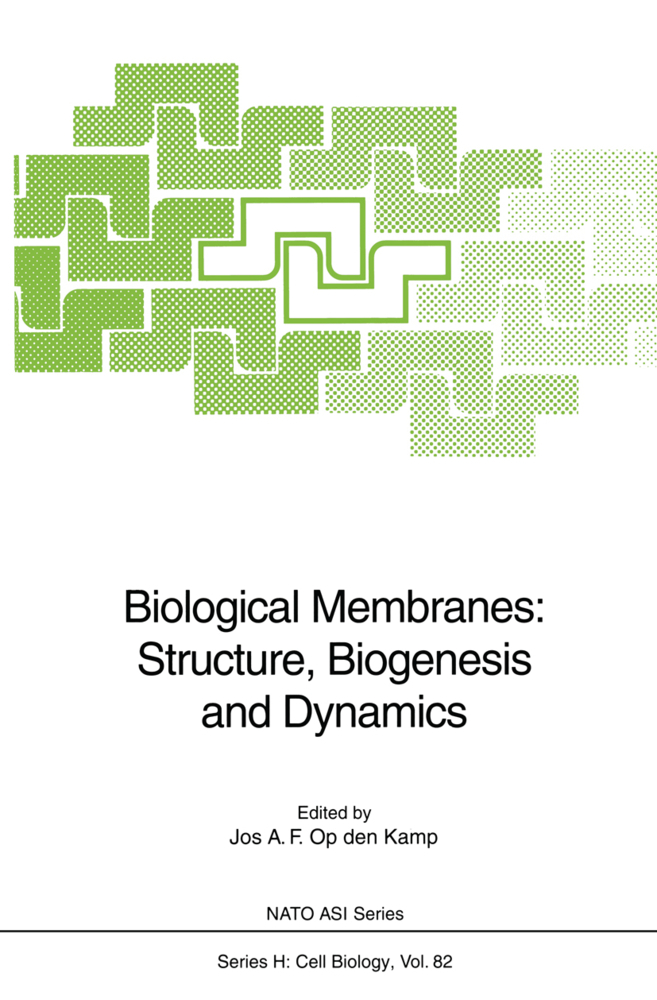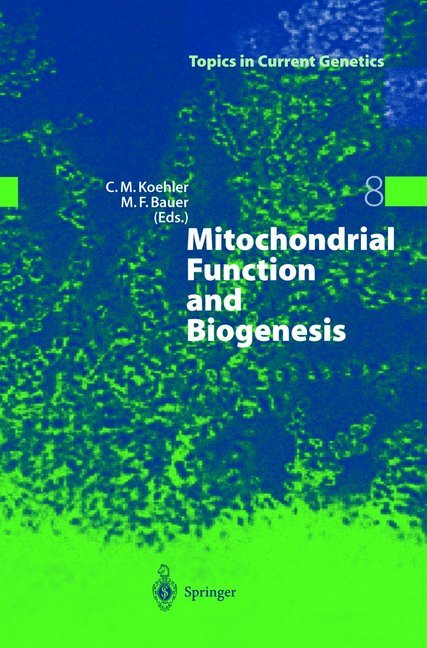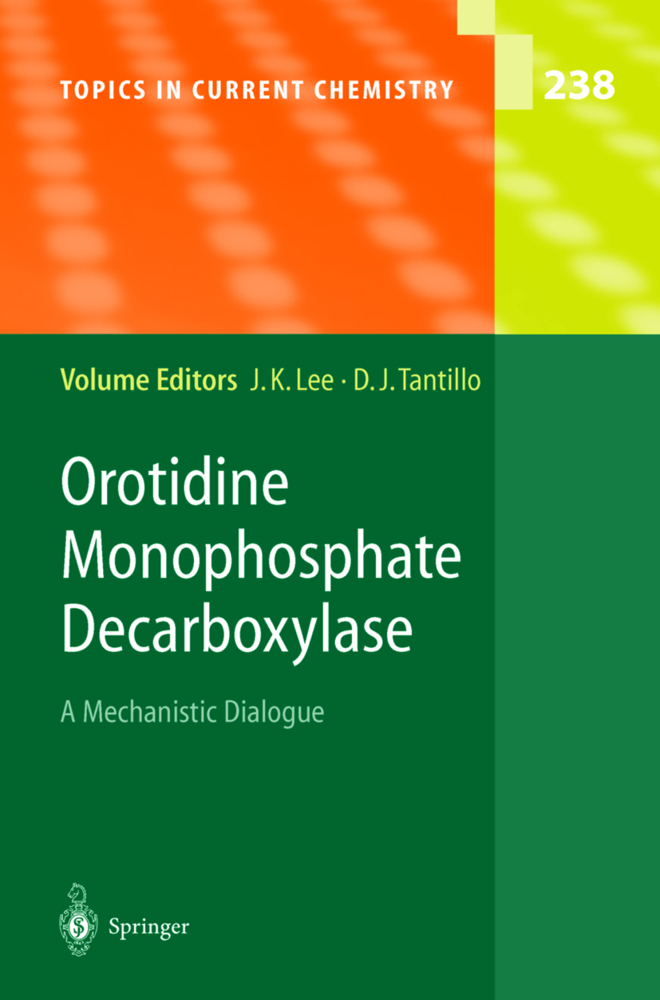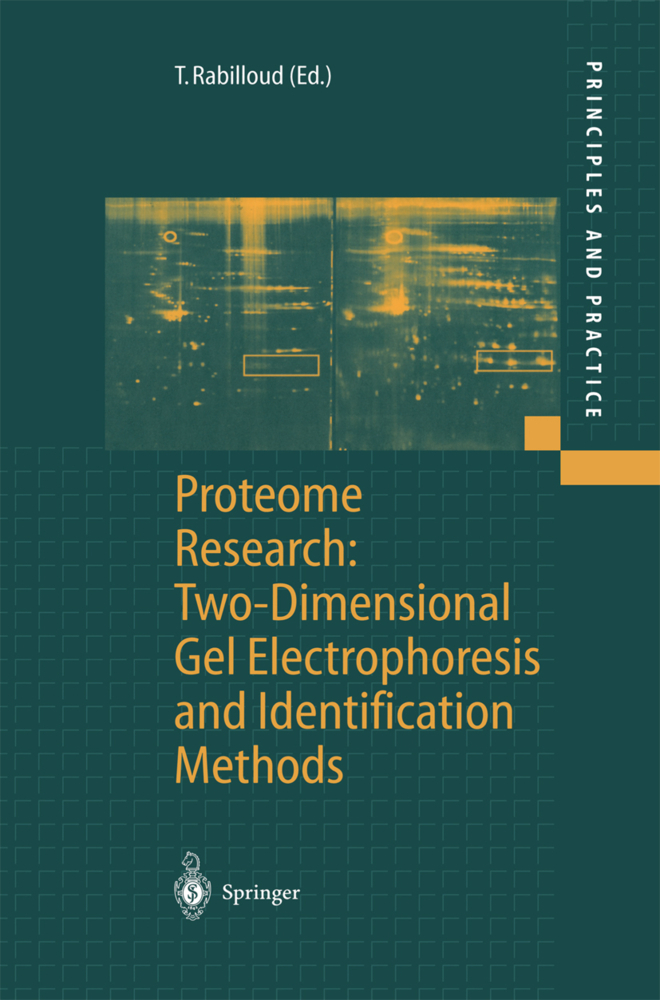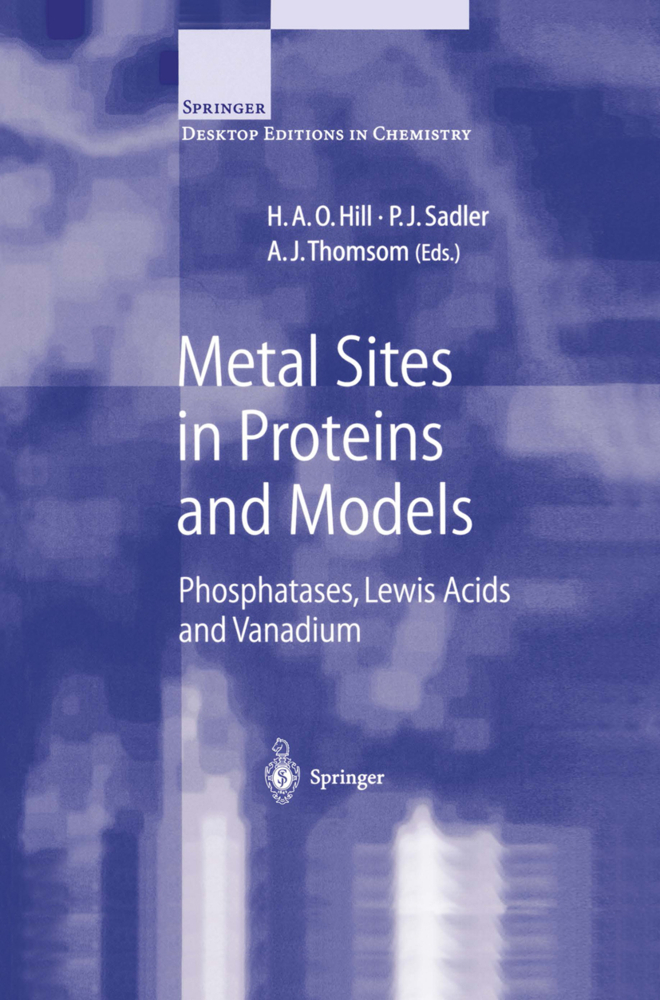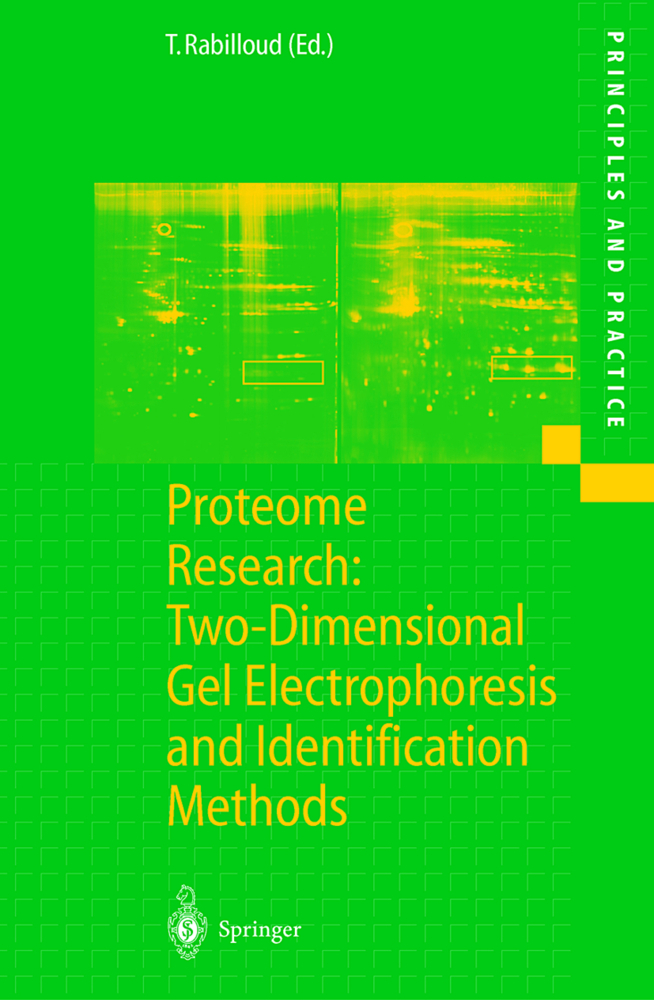The World of Peptides
A Brief History of Peptide Chemistry
The World of Peptides
A Brief History of Peptide Chemistry
Almost two centuries ago proteins were recognized as the primary materials (proteios = primary) oflife, but the significance and wide role of peptides (from pepsis = digestion) in practically all life pro cesses has only become apparent in the last few decades. Biologi cally active peptides are now being discovered at rapid intervals in the brain and in other organs including the heart, in the skin of amphibians and many other tissues. Peptides and peptide-like compounds are found among toxins and antibiotics. It is unlikely that this process, an almost explosive broadening of the field, will come to a sudden halt. By now it is obvious that Nature has used the combination of a small to moderate number of amino acids to generate a great variety of agonists with specific and often highly sophisticated functions. Thus, peptide chemistry must be regarded as a discipline in its own right, a major branch of biochemistry, fairly separate from the chemistry of proteins. Because of the important role played by synthesis both in the study and in the practical preparation of peptides, their area can be considered as belonging to bio-organic chemistry as well. The already overwhelming and still increasing body of know ledge renders an account of the history of peptide chemistry more and more difficult. It appears therefore timely to look back, to take stock and to recall the important stages in the development of a new discipline.
1.2 Some Naturally Occurring Peptides
References
2 Syntheses of Peptides. The First Epoch
2.1 The Work of Theodor Curtius
2.2 Emil Fischer's Work
2.3 Fischer Against Curtius
2.4 The School of Emil Fischer in the Peptide Field
References
3 The Era After Emil Fischer. The Carbobenzoxy Group, Max Bergmann and His Scientific Circle
3.1 Max Bergmann and the Rockefeller Institute
3.2 New Easily Removable Specific Protecting Groups
References
4 A Second Breakthrough: New Methods for the Formation of the Peptide Bond
4.1 Anhydrides
4.2 Active Esters
4.3 Coupling Reagents
4.4 Side Reactions During Coupling
References
5 A New Technology: Solid Phase Peptide Synthesis
References
6 Structure Elucidation
6.1 Analysis of Amino Acid Sequences
6.2 Spectroscopic Methods
6.3 X-ray Crystallography
References
7 Peptide Hormones
7.1 Oxytocin
7.2 Vasopressins
7.3 Two Exponents
7.4 Insulin
7.5 Corticotropin
7.6 Gastrointestinal Hormones
7.7 Parathyroid Hormone and Calcitonin
7.8 Somatostatin
7.9 Releasing Hormones (Releasing Factors)
References
8 Biologically Active Fragments of Proteins
8.1 Angiotensin
8.2 Bradykinin and Kallidin
8.3 Substance P
8.4 Biologically Active Peptides from Mollusks, Frogs, Toads, Snakes and Insects
8.5 Opioid Peptides
8.6 An Era of Discoveries
References
9 Biologically Active Peptides from Microorganisms and Fungi
9.1 Ergot Alkaloids
9.2 Peptide Antibiotics
9.3 The Peptides of Amanita Mushrooms
9.4 Microcystins
9.5 Lantibiotics
9.6 Peptides Interacting with Nucleic Acids
References
10 Peptide Research Around the World
10.1 Australia
10.2Austria
10.3 Belgium
10.4 Bulgaria
10.5 Canada
10.6 China
10.7 Czechoslovakia
10.8 Denmark
10.9 France
10.10 Germany
10.11 Greece
10.12 Hungary
10.13 India
10.14 Israel
10.15 Italy
10.16 Japan
10.17 New Zealand
10.18 Norway
10.19 Poland
10.20 Portugal
10.21 Spain
10.22 Sweden
10.23 Switzerland
10.24 The Netherlands
10.25 United Kingdom
10.26 USA
10.27 USSR
Author Index.
1 Introduction. Amino Acids and a Few Early Paradigmatic Peptides
1.1 The Amino Acid Building Blocks of Proteins1.2 Some Naturally Occurring Peptides
References
2 Syntheses of Peptides. The First Epoch
2.1 The Work of Theodor Curtius
2.2 Emil Fischer's Work
2.3 Fischer Against Curtius
2.4 The School of Emil Fischer in the Peptide Field
References
3 The Era After Emil Fischer. The Carbobenzoxy Group, Max Bergmann and His Scientific Circle
3.1 Max Bergmann and the Rockefeller Institute
3.2 New Easily Removable Specific Protecting Groups
References
4 A Second Breakthrough: New Methods for the Formation of the Peptide Bond
4.1 Anhydrides
4.2 Active Esters
4.3 Coupling Reagents
4.4 Side Reactions During Coupling
References
5 A New Technology: Solid Phase Peptide Synthesis
References
6 Structure Elucidation
6.1 Analysis of Amino Acid Sequences
6.2 Spectroscopic Methods
6.3 X-ray Crystallography
References
7 Peptide Hormones
7.1 Oxytocin
7.2 Vasopressins
7.3 Two Exponents
7.4 Insulin
7.5 Corticotropin
7.6 Gastrointestinal Hormones
7.7 Parathyroid Hormone and Calcitonin
7.8 Somatostatin
7.9 Releasing Hormones (Releasing Factors)
References
8 Biologically Active Fragments of Proteins
8.1 Angiotensin
8.2 Bradykinin and Kallidin
8.3 Substance P
8.4 Biologically Active Peptides from Mollusks, Frogs, Toads, Snakes and Insects
8.5 Opioid Peptides
8.6 An Era of Discoveries
References
9 Biologically Active Peptides from Microorganisms and Fungi
9.1 Ergot Alkaloids
9.2 Peptide Antibiotics
9.3 The Peptides of Amanita Mushrooms
9.4 Microcystins
9.5 Lantibiotics
9.6 Peptides Interacting with Nucleic Acids
References
10 Peptide Research Around the World
10.1 Australia
10.2Austria
10.3 Belgium
10.4 Bulgaria
10.5 Canada
10.6 China
10.7 Czechoslovakia
10.8 Denmark
10.9 France
10.10 Germany
10.11 Greece
10.12 Hungary
10.13 India
10.14 Israel
10.15 Italy
10.16 Japan
10.17 New Zealand
10.18 Norway
10.19 Poland
10.20 Portugal
10.21 Spain
10.22 Sweden
10.23 Switzerland
10.24 The Netherlands
10.25 United Kingdom
10.26 USA
10.27 USSR
Author Index.
Wieland, Theodor
Bodanszky, Miklos
| ISBN | 978-3-642-75852-2 |
|---|---|
| Artikelnummer | 9783642758522 |
| Medientyp | Buch |
| Auflage | Softcover reprint of the original 1st ed. 1991 |
| Copyrightjahr | 2011 |
| Verlag | Springer, Berlin |
| Umfang | XIII, 298 Seiten |
| Abbildungen | XIII, 298 p. |
| Sprache | Englisch |

